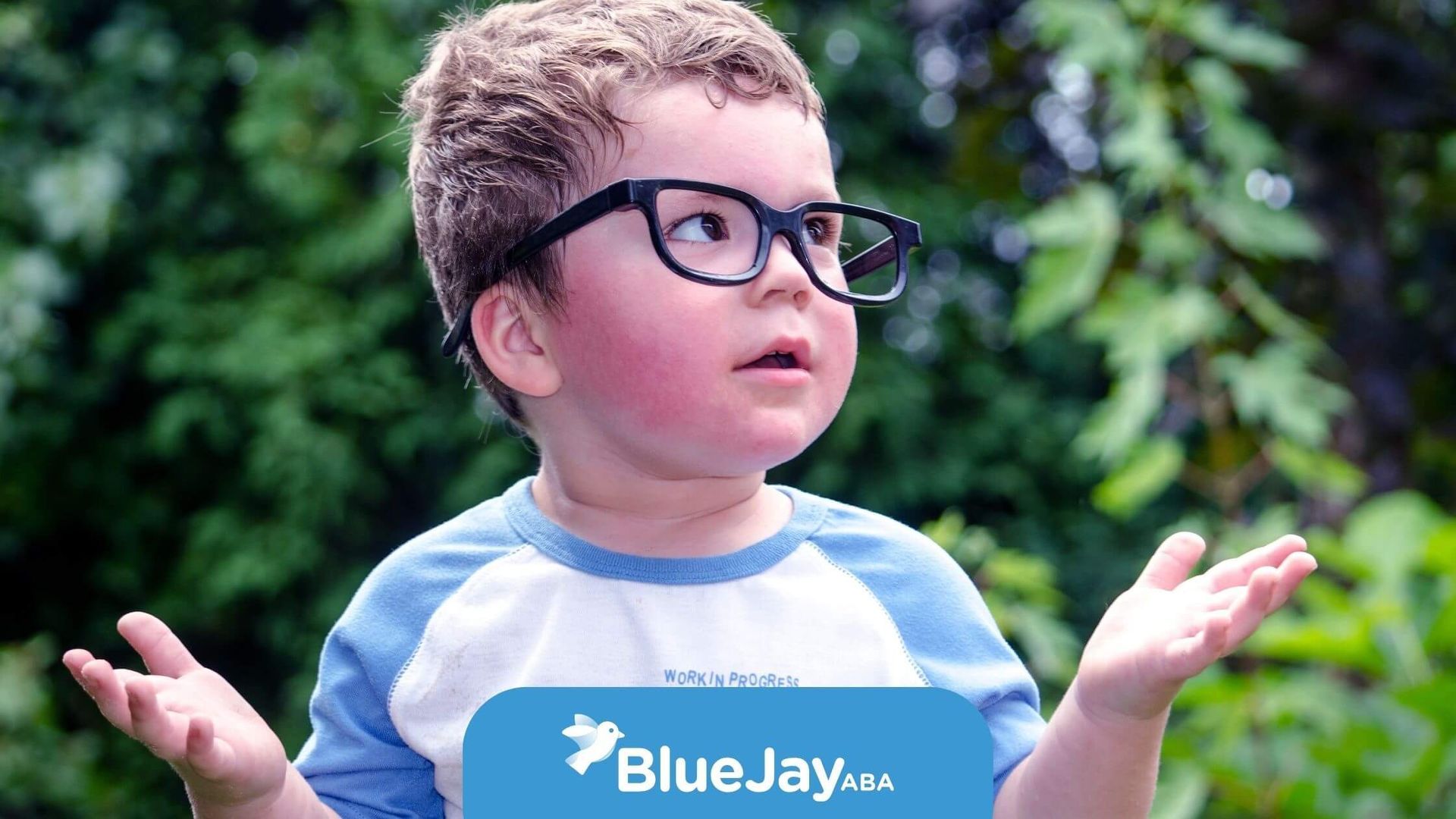The Reality of Overstimulation in Autism (And Ways to Support)
For many people with autism, overstimulation happens when the brain takes in too much at once—sounds, lights, textures, or social demands. It can feel overwhelming, exhausting, and sometimes even painful.
Everyone’s experience is unique, but some common signs of overstimulation include:
Signs of Overstimulation
Click or tap a tile to expand details.
Sensory overload
Physical discomfort
Emotional stress
Shutdown or meltdown
Think of it like a computer running too many programs at once—it slows down or crashes. For someone with autism, daily life can bring many of these “programs” at the same time. That’s why understanding triggers and creating supportive environments is so important.
The good news is that with the right support, overstimulation can be managed. ABA therapy helps children build coping skills, increase tolerance for sensory input, and learn calming strategies. Families and teachers can also benefit from professional guidance.
At Blue Jay ABA, we’re here to help families across North Carolina through personalized care:
- Home-based ABA for support in familiar surroundings
- School-based ABA therapy to help children thrive in the classroom
- Telehealth ABA for flexible, convenient care at home
If your child struggles with overstimulation, reach out today to learn how ABA therapy can make life calmer and more manageable.
FAQs
What causes overstimulation in autism?
Too much sensory input—like noise, lights, or crowds—can overwhelm the brain.
How can I help my child during overstimulation?
Offer a quiet space, use calming tools (like headphones or weighted blankets), and stay patient.
Is overstimulation the same as a meltdown?
Not always. Overstimulation can lead to a meltdown, but sometimes it just causes withdrawal or shutdown.
Related Posts






